Research areas
The TIMed CENTER focuses on the development of technical innovations through the combination of biomedical analysis (bioinformatics), diagnostics (microscopy and laboratory analysis) and simulation (education and training systems).
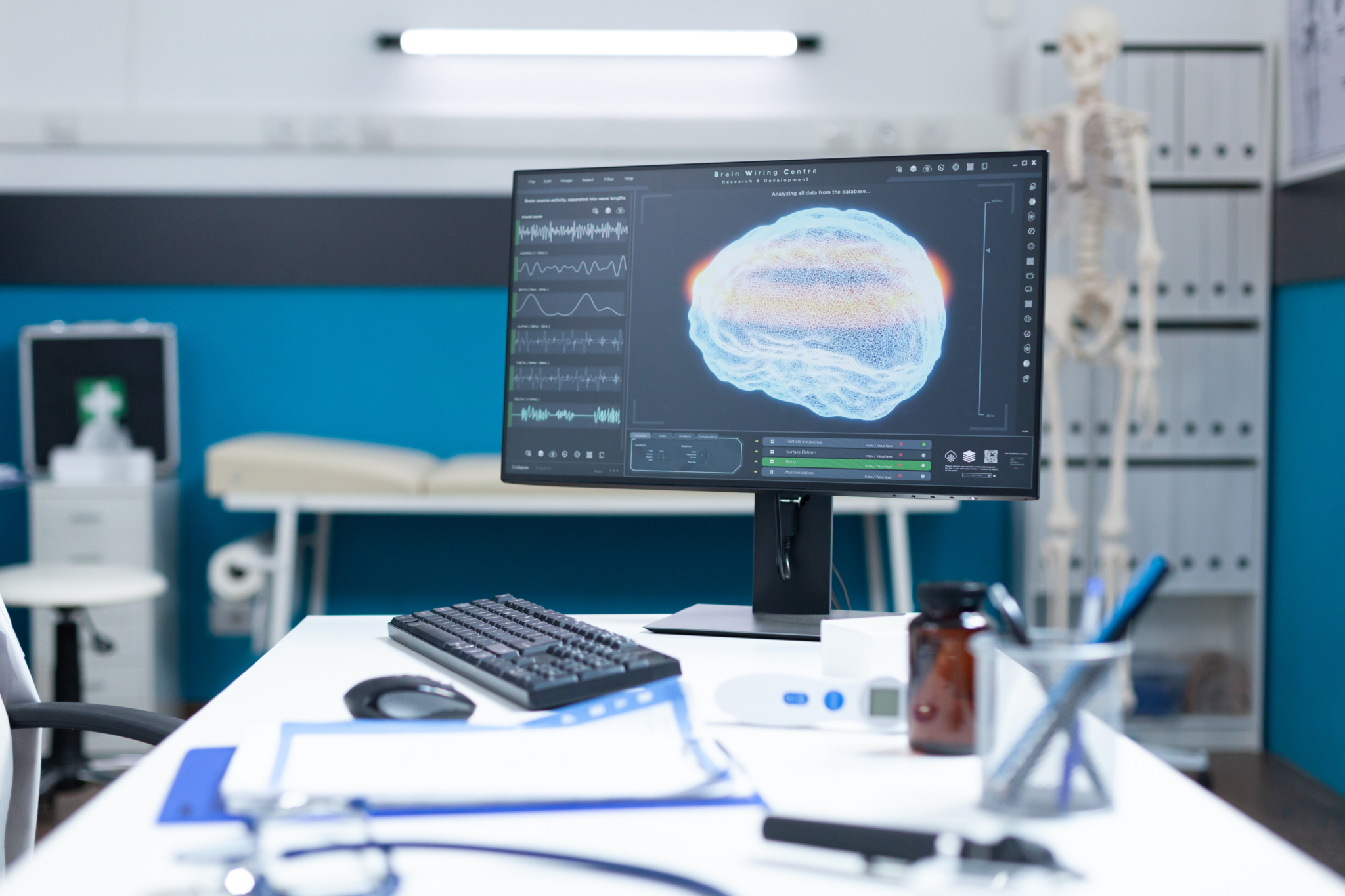
Biomedical Data Analysis
Identification of correlations and patterns in biomedical data, e.g: Influencing factors in dementia, prediction of blood glucose concentrations of diabetes patients, relationship between biomedicine and psychotherapy.
Research into protein-protein interactions, e.g. in cell growth, cell division, immune reactions, tumours or allergies from mass spectrometry data and micro-patterning assays.
Image processing via bioinformatics for the automated analysis of cellular macro- and nano-structures. For example, bioinformatics methods are used to enable microscopic analyses of cartilage tissue in 3D in connection with regenerative medicine and tissue engineering
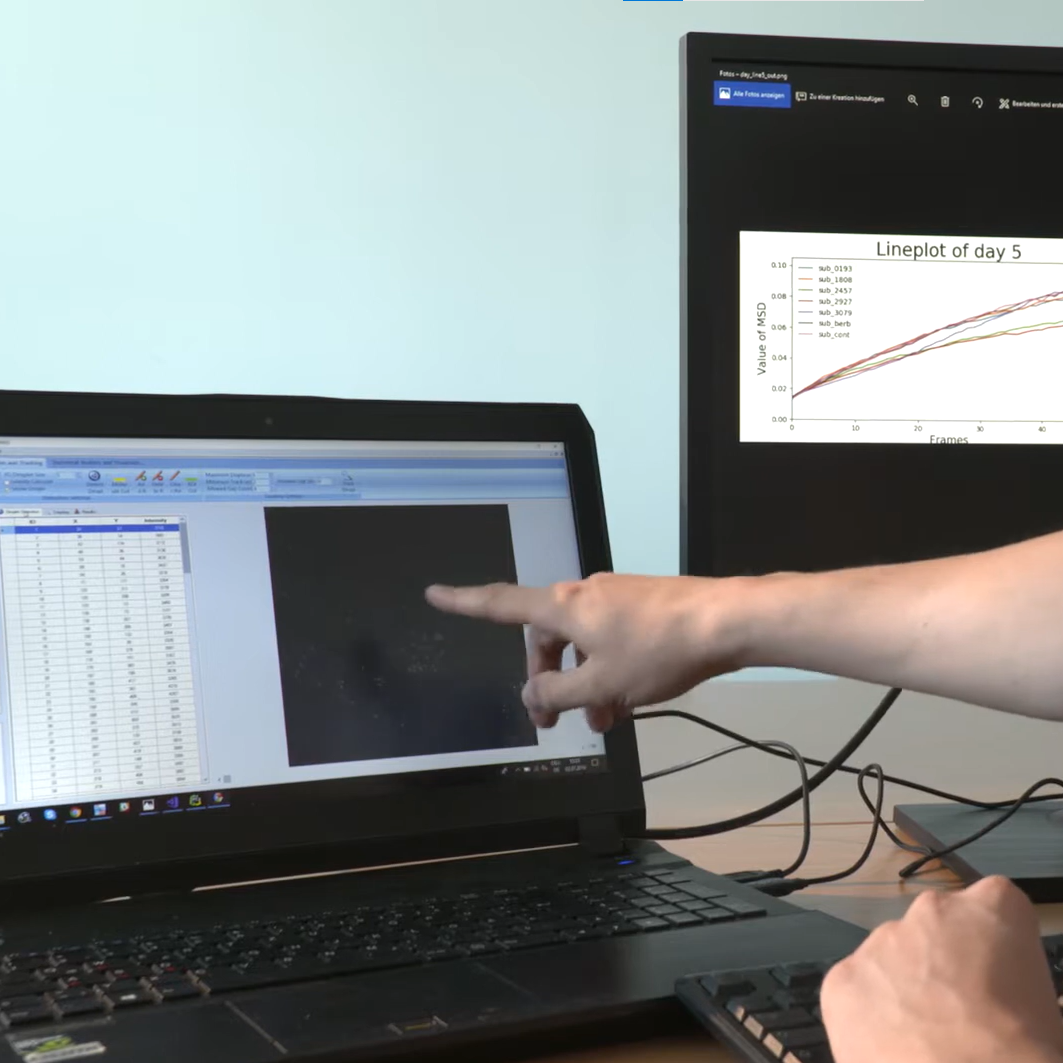
Biomedical Sensor Technology
Sensor technology for ‘feeling’ prostheses and motion analysis and for automated activity measurement and logging for physiotherapy and rehabilitation measures enabled by a combination of signal acquisition of movements and machine learning, pattern recognition and mobile applications.
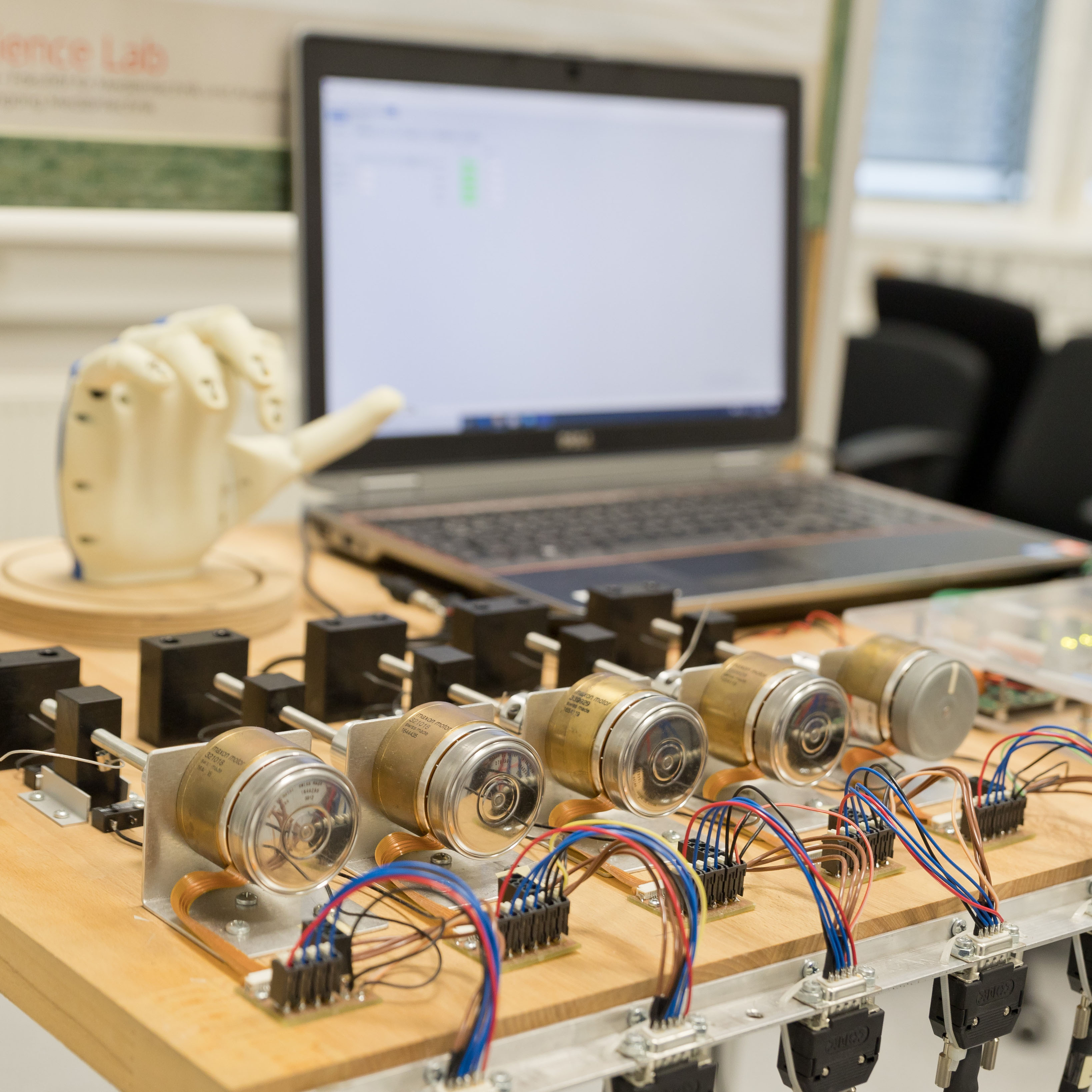
Biomimetic and Material Design
Biomimetics for the production of structured polymer surfaces in the micro to nanometre range that imitate the mechanical and chemical properties of biological systems. Future applications are seen in prosthetics (bone replacement, dental prostheses, implants) but also, for example, for miracle treatment and drug targeting.
Production of organ-like carrier structures for medical research, 3D model system for blood vessels for research into arteriosclerosis or analysis of metabolism via the blood-brain barrier. The technical and personnel infrastructure for lithographic structuring and biomolecular analysis on a nanometre scale is being developed in international cooperation (INTERREG project CAC-SuMeR).
High Resolution Imaging
Development of high-resolution 3D fluorescence microscopy systems for biomedical diagnostics.
Determination of the current cell state with real-time analysis using high-resolution microscopy techniques.Examination of samples using confocal, fluorescence and spectroscopy, photoacoustic methods and industrial CT, surface characterisation and manipulation using atomic force microscopy (AFM).
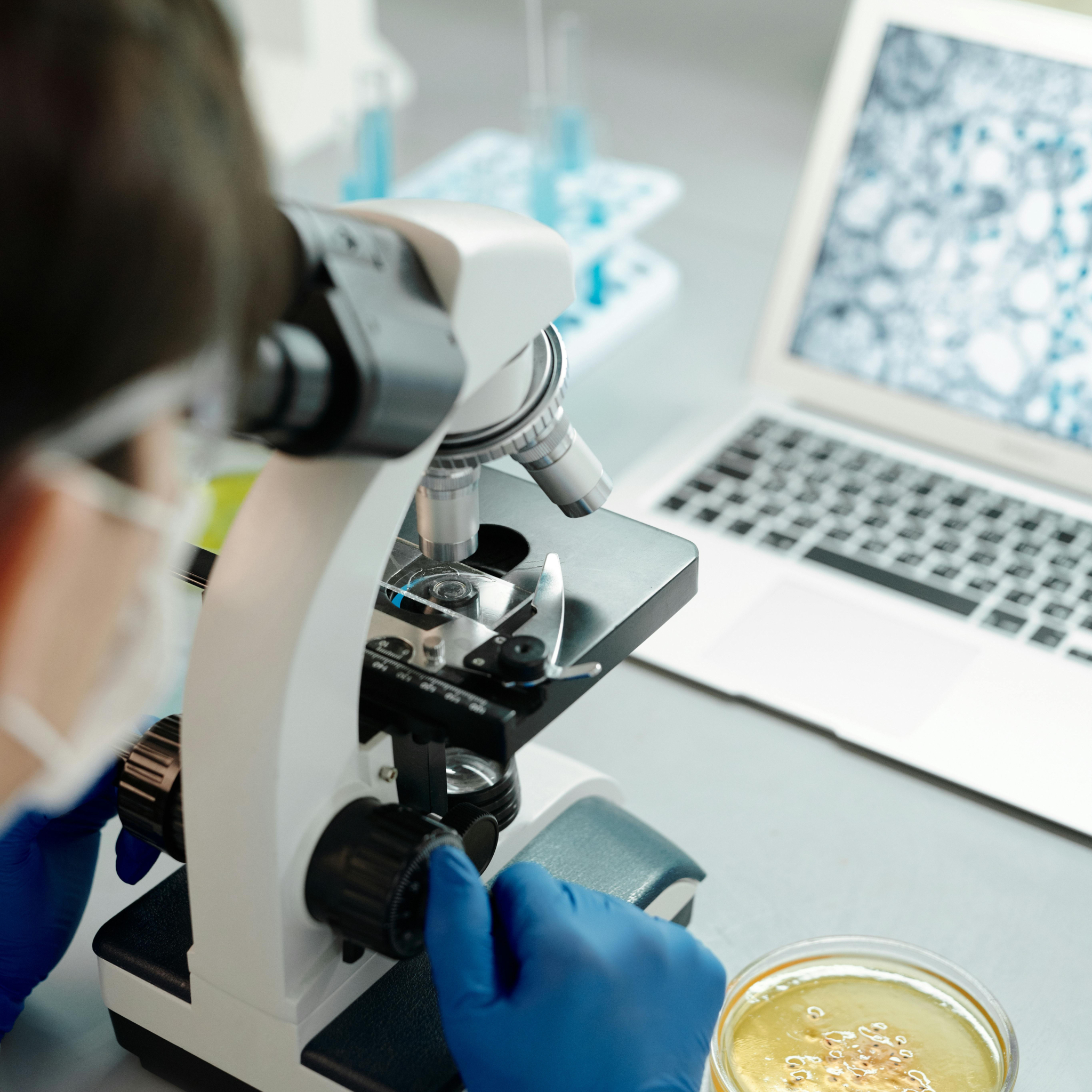
Medical Simulators and Simulation
Development of hybrid surgical simulators consisting of artificial anatomical structures, computer models and virtual reality (e.g. simulated imaging and tactile feedback) as an alternative to expensive, dangerous or even impossible real-life experiments in order to break new technological and medical ground and enable realistic training.
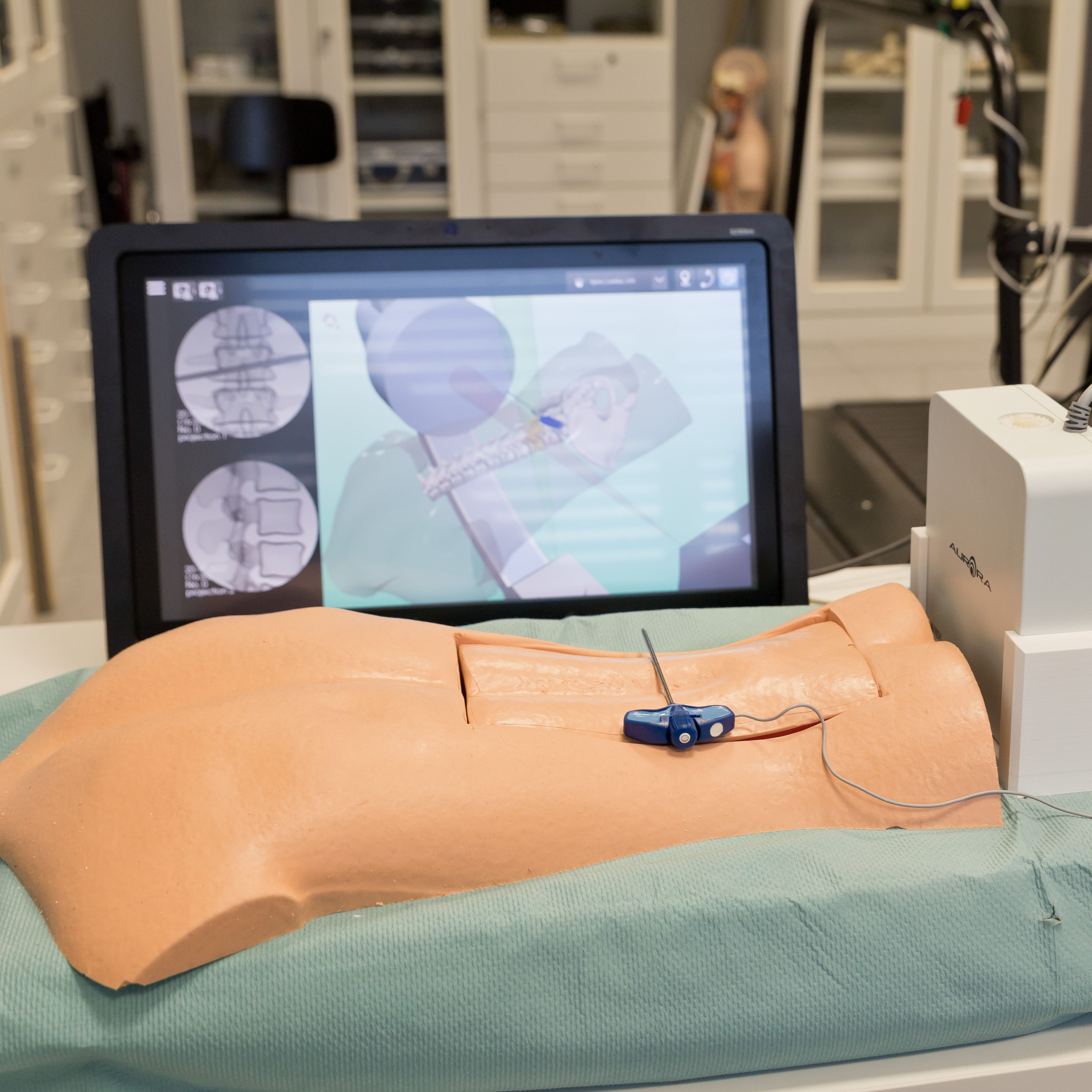
Substance Characterization
Investigating the role of protein-protein interactions in the assembly of dynamic molecular complexes that receive and process information from receptors on the cell surface after ligand binding.
The effect of secondary plant constituents on medically relevant surface molecules of human cells is analysed using novel biophysical measurement methods and bioinformatics.Identification and characterisation of plant-based antidiabetic agents for the prevention and treatment of diabetes.

Research results
The benefits generated by the research results are of great importance to both the research partners and the TIMed CENTER.
- Commercially exploitable results are further developed into products.
- Scientifically relevant results are published jointly in specialist journals or at specialist conferences.
- New findings are incorporated into teaching.
I'll help you choose your study program.